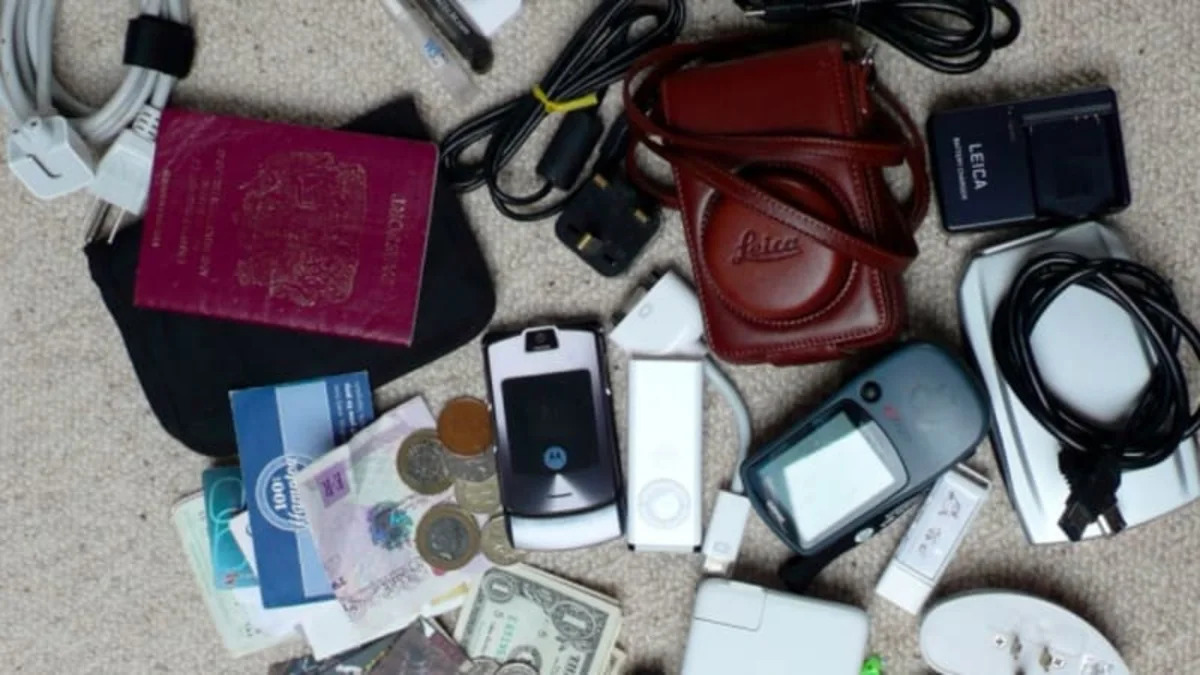Once a standard internal combustion engine (ICE) vehicle gets up to operating speeds, it produces more energy than can go to the wheels thanks to losses from heat and friction. And, since it's the engine that sends energy to the power outlet in the car (via the battery), does it make sense to charge your gadgets during your commute rather than at home, using energy that would otherwise be wasted? There is no simple answer, but the way that some new vehicle powerplants are changing means it's going to be more and more likely that you'll want to charge up on the road, even if you live in a solar-powered house.
One reason it's hard to answer the question right now is that, while an engine is capable of producing much more energy than it uses to cruise, it doesn't necessarily produce that energy at all times. Thus, plugging in a gadget adds a bit of load to the engine, but probably a lot less than running the headlights, heater or defogger. So if you drive a normal vehicle powered by an ICE, keep plugging that iPhone into the wall.
The trick comes with newer vehicles that have brake energy regeneration. In these cars, the difference might actually be negligible because they use an intelligently-controlled alternator that only charges the car's battery when the car is slowing down and it's the battery that supplies juice for your gadgets. Thus, the engine isn't taxed with spending fuel to keep the battery charged. Over the next few years as regenerative braking becomes more common, getting some gadget energy from your car will at least help reduce your home energy load. Of course, if you're driving a plug-in electric car, fuhgedaboudit. Sam Abuelsamid contributed to this post.
[Image: psd - C.C. License 2.0]
One reason it's hard to answer the question right now is that, while an engine is capable of producing much more energy than it uses to cruise, it doesn't necessarily produce that energy at all times. Thus, plugging in a gadget adds a bit of load to the engine, but probably a lot less than running the headlights, heater or defogger. So if you drive a normal vehicle powered by an ICE, keep plugging that iPhone into the wall.
The trick comes with newer vehicles that have brake energy regeneration. In these cars, the difference might actually be negligible because they use an intelligently-controlled alternator that only charges the car's battery when the car is slowing down and it's the battery that supplies juice for your gadgets. Thus, the engine isn't taxed with spending fuel to keep the battery charged. Over the next few years as regenerative braking becomes more common, getting some gadget energy from your car will at least help reduce your home energy load. Of course, if you're driving a plug-in electric car, fuhgedaboudit. Sam Abuelsamid contributed to this post.
[Image: psd - C.C. License 2.0]


Sign in to post
Please sign in to leave a comment.
Continue